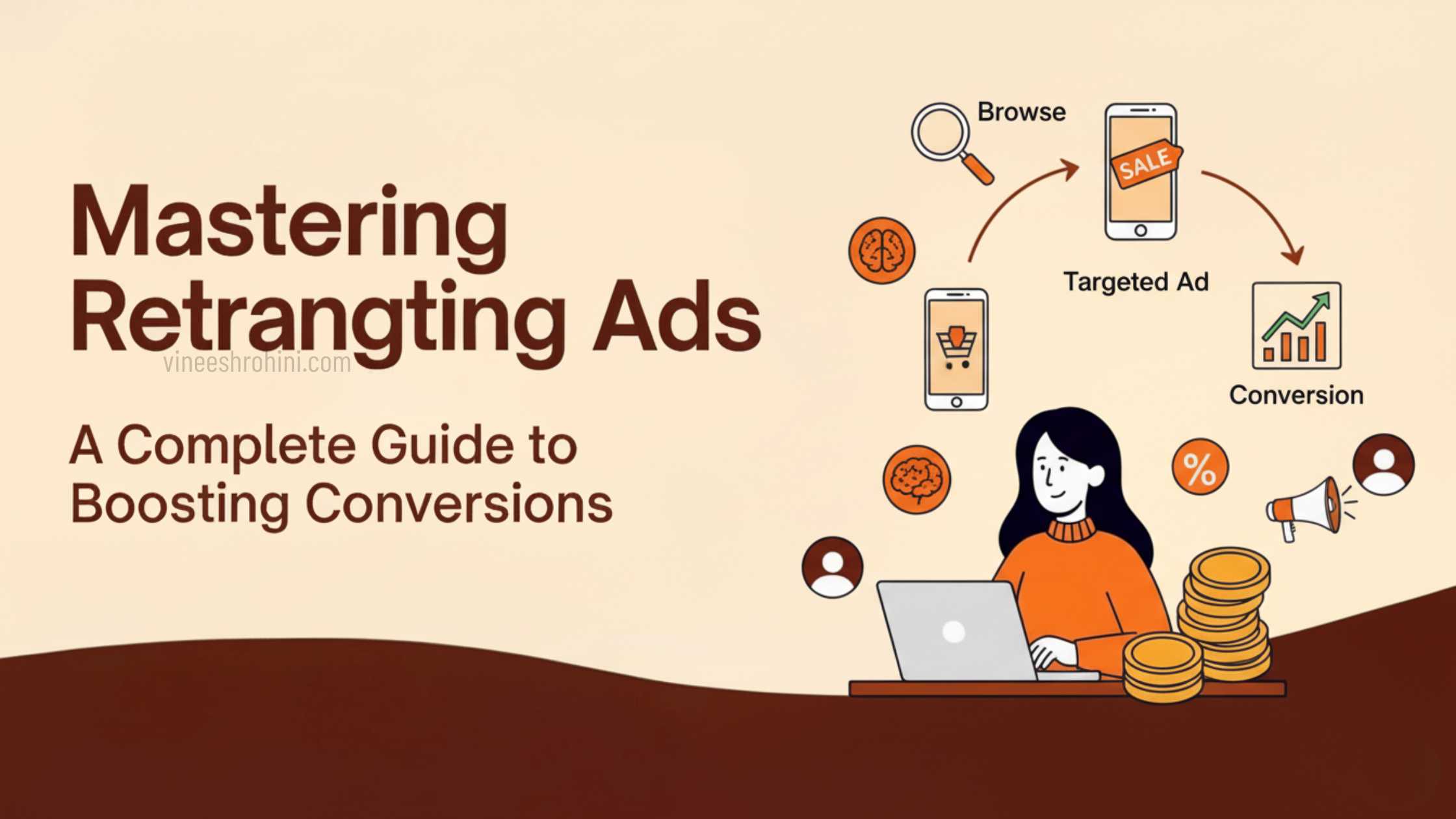Binance Future Trading – Crypto Futures Live Trading – Binance Futures Complete Crypto Trading Guide
While futures have been in existence for almost 100 years, crypto futures trading began recently towards the end of 2017. Many exchanges have expressed interest in crypto futures since then. It is a new way for people to invest in the crypto world. With nearly 6000 tradeable cryptocurrencies, cryptocurrency trading is proving that it’s here to stay.
Other than being one of the most traded cryptocurrency derivatives, futures embody many long-established derivatives.
Often, people confuse futures with options. Therefore, to trade in futures, investors must ensure they acquire the necessary knowledge behind futures trading, including its risks.
What are Crypto Futures?
Crypto futures allows traders to gain exposure to digital currencies without the need to possess actual cryptocurrency.
It is a similar concept to stock indices or futures contracts involving commodities, where an investor can take risks on an asset’s future value. Crypto futures contracts derive their value from specific cryptocurrencies such as Bitcoin or Ethereum. Again, you do not possess any digital assets when trading futures. When a crypto futures contract expires, the trader is supposed to use cash rather than physically dealing in crypto.
The dominant aspect of crypto futures trading is that it protects against adverse price changes and extreme volatility of cryptocurrencies. The high volatility of digital currencies allows traders to purchase the assets when they are low and put them on sale when they hike and vice versa.
Crypto futures are tradeable on derivative trading platforms like Binance Futures. Like spot trading, crypto futures trade 24 hours a day, seven days a week.
Due to the high volatility associated with derivatives trading, traders must manage risks prudently, and it’s highly imperative to learn the fundamental basics of crypto futures before investing.
How Do Crypto Futures Work?
While digital assets are met with diverse and unique challenges, from high volatility to negative publicity in some states, some traders use this volatility to their advantage.
The most vital thing to note in crypto futures trading is that you only take risks on the price changes without holding the actual cryptocurrency.
Let’s consider a simplified example. Say John and Sarah entered a Bitcoin futures position at $40,000 each. In this scenario, John has a long position while Sarah took on an opposing trade. Upon expiration, the Bitcoin futures price settled at $45,000 for each contract. In this case, Sarah, who is holding a losing position, will have to pay the exchange the deficit loss ($45,000-$40,000 = $5,000). John, on the other hand, will receive a profit of $5,000 from the exchange.
Basic Concepts of Crypto Futures Trading
Potential traders need to familiarize themselves with essential concepts to become experts in crypto futures. Being aware of these concepts will draw you closer to becoming a professional trader. The complications behind dealing in crypto futures demand a significant commitment to learning the basics, including how they affect each trade.
1. Leverage
The lure of leverage draws traders to the futures market. Because of the available leverage, futures trading is extremely capital-efficient. For example, to buy 1 BTC on the spot market, you’d need thousands of dollars – $35,000 at the time of writing — depending on the current market prices. With a futures contract, you can open a BTC futures position at a fraction of the cost. This is only possible if leverage is used. The more leverage you have, the less money you need to put into a position. In contrast, leverage is not available in spot trading. Assume you only have USDT 5,000 in your spot wallet. In this instance, you could only afford USDT 5,000 in Bitcoin.
2. Margin Requirements
An initial margin is needed to enter into a futures position. Initial margin is the percentage of a futures position notional value that must be covered by cash or collateral when using a futures trading account. On the other hand, maintenance margin refers to the minimum amount that investors need to keep trading position(s) open. Maintenance margin checks are continuous and help in margin utilization calculation. When a trader’s maintenance margin limit is hit, his position gets liquidated.
3. Funding Rates
Crypto perpetual contracts don’t settle like traditional futures contracts. Therefore, exchanges require a system that ensures that the index prices and futures prices converge regularly. This mechanism is called the funding rate. Funding rates are calculated based on the price difference between spot and futures markets. Investors will pay or receive funding payments relative to the open market positions.
Funding rates can have adverse effects on traders. For instance, funding rates may surge in an overheated bull market, making it costly for traders to hold long positions.
Pros & Cons of Trading Futures
Lucrative endeavors such as futures trading come with their fair share of advantages and disadvantages. Herein are the pros and cons of trading these derivatives.
Pros
- Crypto trading futures allows one to bet against the market. For example, one can profit from both rise in crypto asset value and its fall.
- Crypto futures offer leverage on capital. This is advantageous as traders can gain significant exposure to an asset with only a fraction of its total cost. Therefore, leverage trading is the most attractive aspect of futures trading.
- It allows for hedging. It is a perfect choice when it comes to hedging your portfolio.
Cons
- Volatility: The high volatility can be a blessing or a torment to traders. Determining the market’s movement is not a guarantee.
- Highly risky: Due to the high leverage involved, crypto futures is one of the riskiest trading instruments. Novice traders should minimize their exposure to futures trading and trade them with a robust risk management strategy.
How to Trade Futures Contracts on Binance?
Trading futures contracts on Binance is pretty straightforward. If you are an existing Binance user, you can get started with futures trading within minutes.
To begin:
- Open a futures trading account on Binance. Please note that you must enable a 2FA verification to fund your futures account before you start trading on Binance Futures. Read more about account opening here.
- Deposit funds in USDT, BUSD, or cryptocurrencies supported by Binance Futures. Binance Futures supports a wide range of crypto assets as collateral.
- Select your preferred futures contract. There are two types of futures contracts available on Binance: USDⓈ-M Futures and COIN-M Futures. For example, if you want to trade BTCUSDT perpetual contracts, please select USDⓈ-M Futures. For BTCUSD coin-margined contracts, select COIN-M Futures.
- Select the appropriate leverage for your futures contract.
- Place orders according to the various order types available on Binance Futures. For starters, you can select a buy-limit or buy-market order to purchase for your first futures contract.
Conclusion
Derivatives such as futures allow traders to speculate on future asset prices. Today, many exchanges offer futures trading. Being conversant with the basics of futures exchange helps you win big in this business. Futures trading can be lucrative if you have the proper knowledge and risk management techniques to avoid outsized losses. Thus, you should strategize and do due diligence before trading futures and understand both their advantages as well as their risks.



